Feb. 1, 1965: Patterson vs Chuvalo
The popularity of boxing has waxed and waned over the decades, but the 1950s saw a new source of anxiety emerge for professional prizefighting: television. With boxing featured on free TV on a regular basis, live cards saw their attendance figures drop and people in the fight game began to worry about their livelihoods. Add in the fact the heavyweight division had been in the doldrums since the retirement of Rocky Marciano, with unpopular champions like Sonny Liston and Muhammad Ali turning off the general public, and it appeared to many that boxing as an attraction and a business might be in serious trouble.
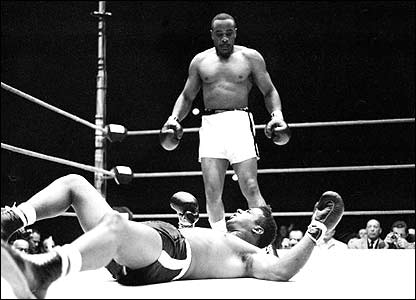
But in February of 1965 a strange and unexpected thing happened: a non-title match that shouldn’t have garnered much attention outside of the hardcore fight crowd became a major event with keen interest from sports fans and the mainstream media. The huge success of the battle between former champion Floyd Patterson and top contender George Chuvalo showed that boxing, despite everything, maintained a strong hold on the public imagination.
Perhaps this had something to do with the storyline of Patterson’s search for redemption. Floyd was Marciano’s successor and had never aroused the public’s passion. Polite and likable, he seemingly possessed none of the viciousness expected in a top prizefighter. When he was demolished in less than one round by a hulking ex-con and leg-breaker for the mob named Sonny Liston, the public felt bad for Floyd, a feeling only deepened when word came out of how after the fight the shamed ex-champion used a fake beard and glasses to exit the stadium unobserved.
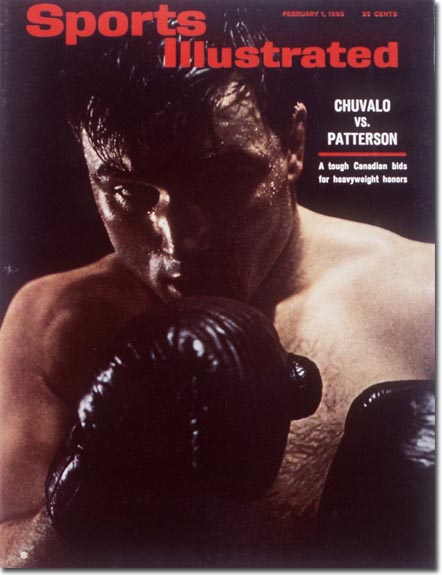
In the rematch, Liston again disposed of Patterson in a single round. After a six month layoff, Patterson returned to the ring but the shame which inspired him to wear a cheap disguise after a defeat also motivated him to begin his comeback on a different continent. He won three fights in Sweden, where, because of his battles with Ingemar Johansson, he was hugely popular; a fourth victory took place in Puerto Rico.
So perhaps the public’s interest in the Patterson vs Chuvalo match had to do with it being a homecoming for the former champion. Or maybe it was the fact it was an intriguing duel of top contenders, with the winner promised a title shot by current champion Muhammad Ali. Whatever the reason, Madison Square Garden was sold-out, almost three hundred press credentials had been issued, and on fight night scalpers were doing brisk business along Eighth Avenue. At ringside was a who’s who of former champions and celebrities including Joe Louis, Rocky Marciano, and Gene Tunney. The odds favoured Patterson slightly at seven-to-five.

Thankfully, Patterson vs Chuvalo lived up to the hype. For twelve action-packed rounds, the former champion and the rising contender gave the big crowd a hell of a show, battling with an intensity rarely seen in heavyweight bouts. Chuvalo concentrated on landing his heavy artillery on Patterson’s ribs, forcing the former champion to give ground. His advantages in weight and strength compelled Patterson to alter his strategy; instead of bringing his left hook into play behind an aggressive attack, Patterson had to box and move. Thus, Floyd’s edge in hand speed enabled him to take advantage of openings and counter Chuvalo’s body punches with stinging combinations.
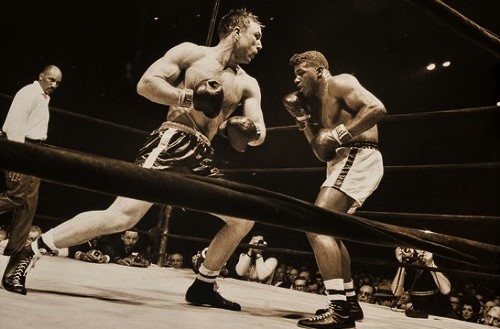
Chuvalo shook Patterson with solid shots in the fourth and sixth rounds while the former champ repeatedly landed sharp right hands. In the eighth Floyd connected with a series of flush rights that had the crowd roaring, but Chuvalo never wavered, his granite chin solid as ever.
By the late rounds, it was clear Patterson had the advantage. George’s body attack, while effective, just wasn’t paying the big dividends he expected. Still, round ten was maybe Chuvalo’s best of the fight as he unleashed a continuous volley of punches, almost knocking Floyd down, but Patterson recovered and the pace in the last two rounds was blistering, the former champion’s hand speed giving him a slight edge. The judges’ cards, while close, were unanimous for the former champ, but all agreed, Patterson vs Chuvalo was a fight with two winners, both men’s reputations enhanced by its furious action. It would later be hailed as The Fight Of The Year.
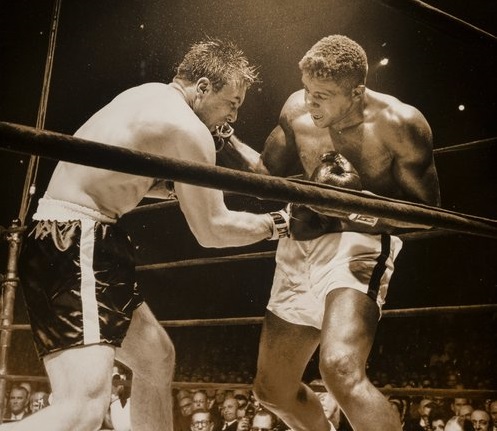
Afterwards Chuvalo complained that referee Zack Clayton prevented him from executing his strategy. “Every time I started to get going, the referee would break us up. He just wouldn’t let me fight my fight.” The loss was heartbreaking for the Canadian warrior, who had yet to receive a chance at the world title. For Patterson, his big win was a measure of sweet vindication after the shame of his knockout defeats to Liston. Muhammad Ali would follow through on his promise and defend his crown against Patterson the following November, stopping Floyd after twelve rounds in a one-sided bout.
— Michael Carbert

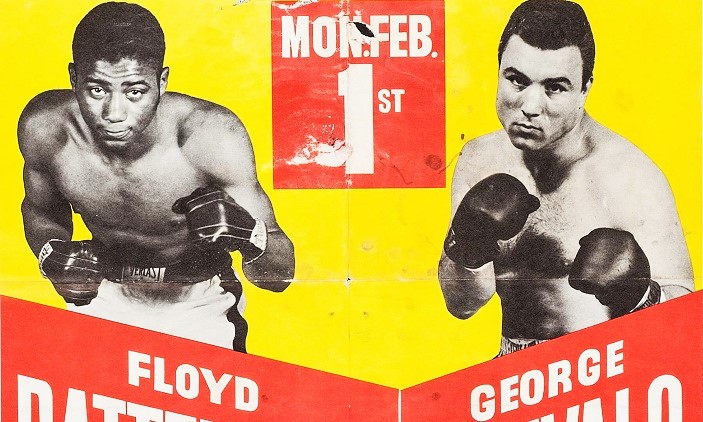

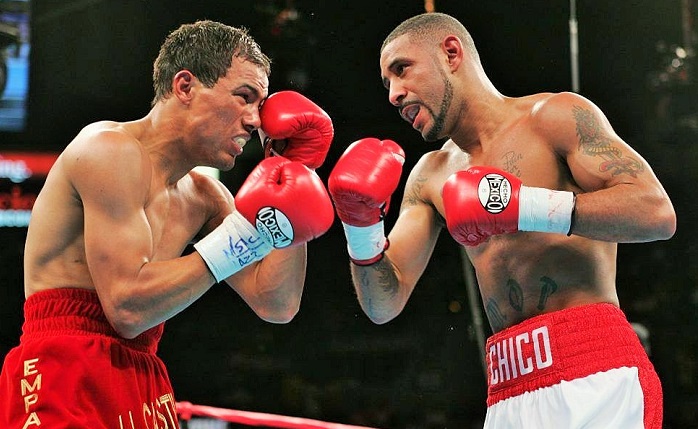

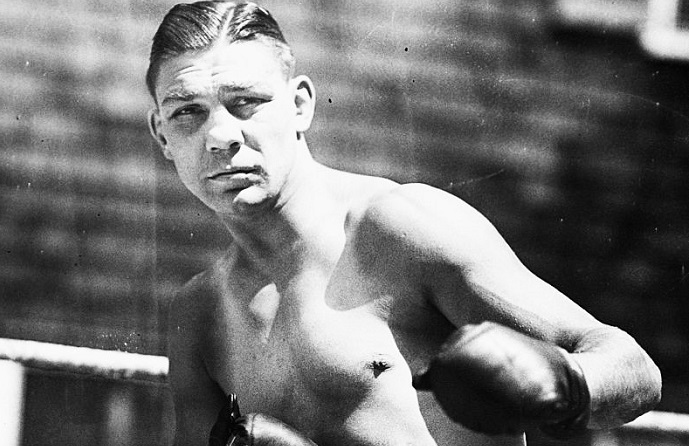
I think it was a hometown decision
Chuvalo landed the harder punches and hurt Patterson several times and was always the aggressor. He never got the close nods even when he beat the tar out of just about everybody.
Patterson landed more punches, though. Although aggression counts, it has to be EFFECTIVE aggression. The decision was fair, IMO.
My father had tremendous respect for George Chuvalo and considered him a great fighter.